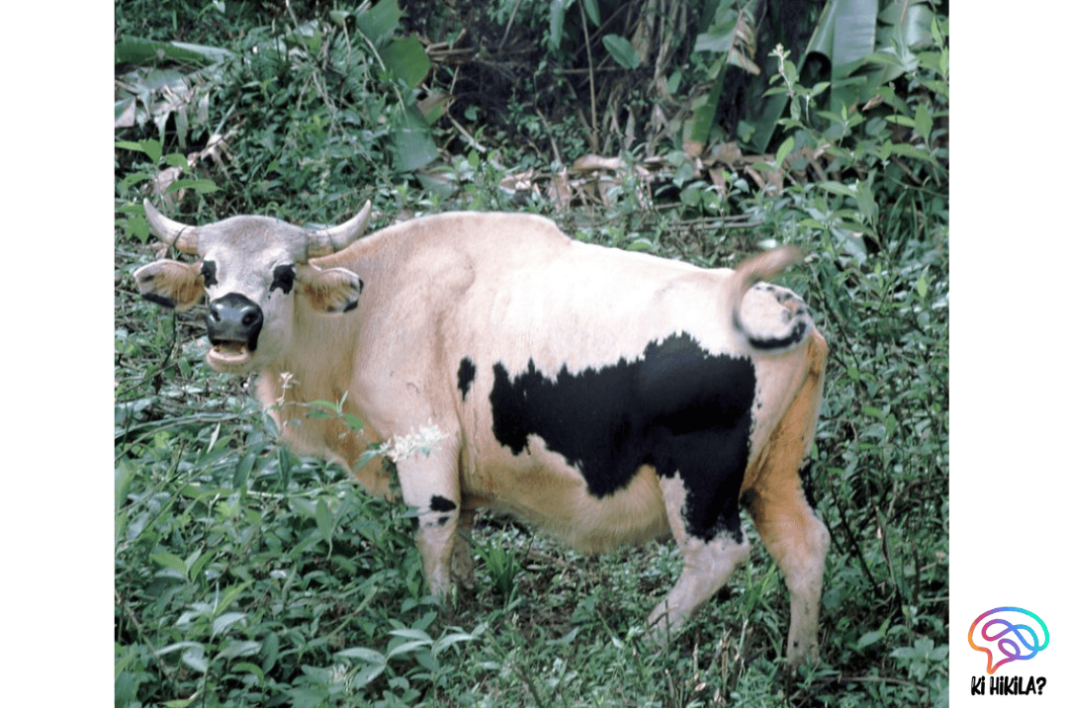Mithun Conservation has become a significant agenda in 2025 as scientists, researchers, and tribal farming communities unite to advocate for its recognition under central livestock development policies. The Mithun (Bos frontalis), a semi-domesticated bovine species indigenous to Northeast India, is not only a symbol of cultural identity but also a critical pillar for sustainable agriculture, food security, and biodiversity in the Eastern Himalayan region.
Ecological and Cultural Significance of Mithun
The Mithun is native to the dense forests and hilly terrains of the Eastern Himalayas and plays a central role in the social, economic, and cultural life of tribal communities across Arunachal Pradesh, Nagaland, Manipur, Mizoram, and Assam. This majestic bovine is revered in tribal rituals, ceremonies, and festivals. In fact, it is recognized as the state animal of both Arunachal Pradesh and Nagaland.
Culturally, Mithun is often exchanged during marriages, used for religious sacrifices, and considered a symbol of wealth and social status. Ecologically, it grazes freely in forested lands, promoting symbiotic relationships with the natural environment. Its meat and milk are highly nutritious, making it a valuable source of protein in remote tribal communities where access to resources is limited.
Population Status and Geographic Distribution
India is home to nearly 3.9 lakh Mithuns, accounting for approximately 95% of the global population. The bulk of this population—nearly 91%—resides in Arunachal Pradesh. However, this vital species is seeing a population decline. Deforestation, loss of grazing grounds, indiscriminate slaughter, and lack of scientific rearing practices are key threats to its survival.
Despite its significance, Mithun remains marginalised in national livestock development policies, a gap that experts say must be urgently addressed to ensure long-term Mithun conservation.
Policy Gaps and Institutional Appeals
One of the major roadblocks in Mithun conservation has been the species’ exclusion from key livestock development programmes such as the National Livestock Mission (NLM). As a result, Mithun rearers do not have access to structured health care, breeding infrastructure, financial subsidies, or market support.
To address this, the Indian Council of Agricultural Research – National Research Centre on Mithun (ICAR-NRCM) has formally recommended Mithun’s inclusion under these schemes. According to the ICAR-NRCM, focused support through policy-level integration can boost scientific research, genetic preservation, and help create a sustainable income model for tribal farmers.
Global Recognition and Conservation Status
The International Union for Conservation of Nature (IUCN) categorises Mithun as a vulnerable species, citing habitat degradation and unregulated practices as major concerns. The Food and Agriculture Organization (FAO) includes Mithun in its Domestic Animal Diversity Information System (DAD-IS), which recognises the animal’s genetic value in global biodiversity conservation.
The Food Safety and Standards Authority of India (FSSAI), in a landmark decision in 2024, formally recognised Mithun as a food animal. This decision has opened up possibilities for regulated meat production and value chain development, reinforcing the urgency and relevance of Mithun conservation.
Why Mithun Conservation Matters
Mithun has unique genetic traits that allow it to thrive in subtropical and fly-infested environments, conditions that many modern cattle breeds struggle with. As climate change impacts traditional agriculture, Mithun could become an important genetic resource for developing climate-resilient livestock breeds. Conservation of Mithun, therefore, aligns with India’s goals of sustainable agriculture, biodiversity protection, and rural empowerment.
Furthermore, promoting value addition—such as Mithun milk-based products or certified organic Mithun meat—can bring economic growth to otherwise neglected regions of the Northeast.
A Call to Action
For true Mithun conservation, inclusion in national schemes is essential. Doing so will allow:
- Scientific breeding and rearing support
- Veterinary care and disease control
- Sustainable grazing management
- Community training and awareness
- Access to national markets
- Value chain development for meat and milk
Integrating Mithun into the broader livestock development narrative will not only preserve an endangered species but also empower thousands of tribal households who depend on it for survival and identity.
Conclusion
Mithun conservation is no longer just an ecological need but a matter of socio-economic justice and cultural preservation. As India moves towards inclusive development, it is imperative that indigenous species like Mithun are given their due recognition in national programmes. By bridging traditional knowledge with scientific innovation, India can lead the way in conserving this majestic animal and securing the livelihoods of its proud tribal custodians.



